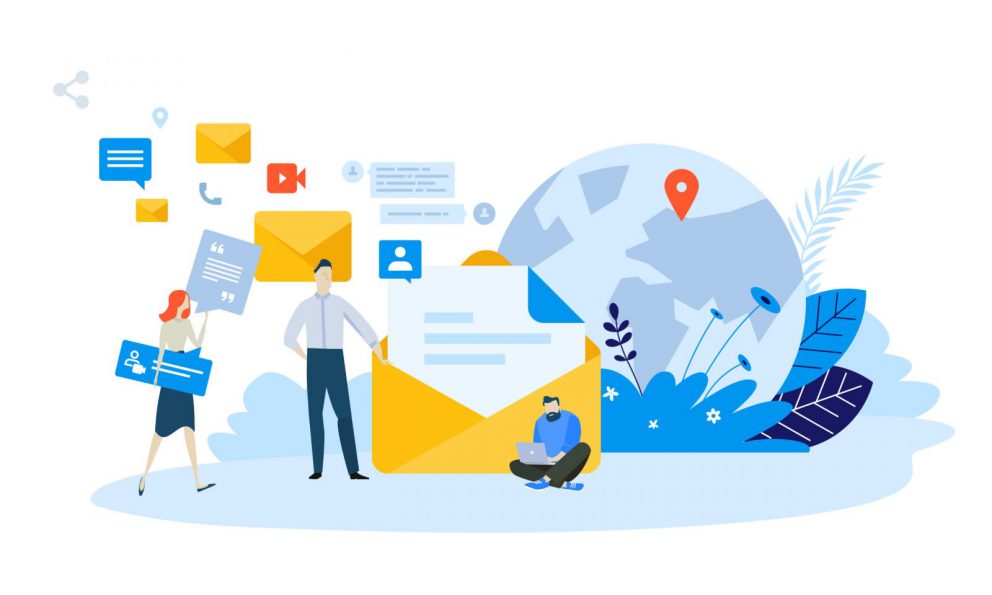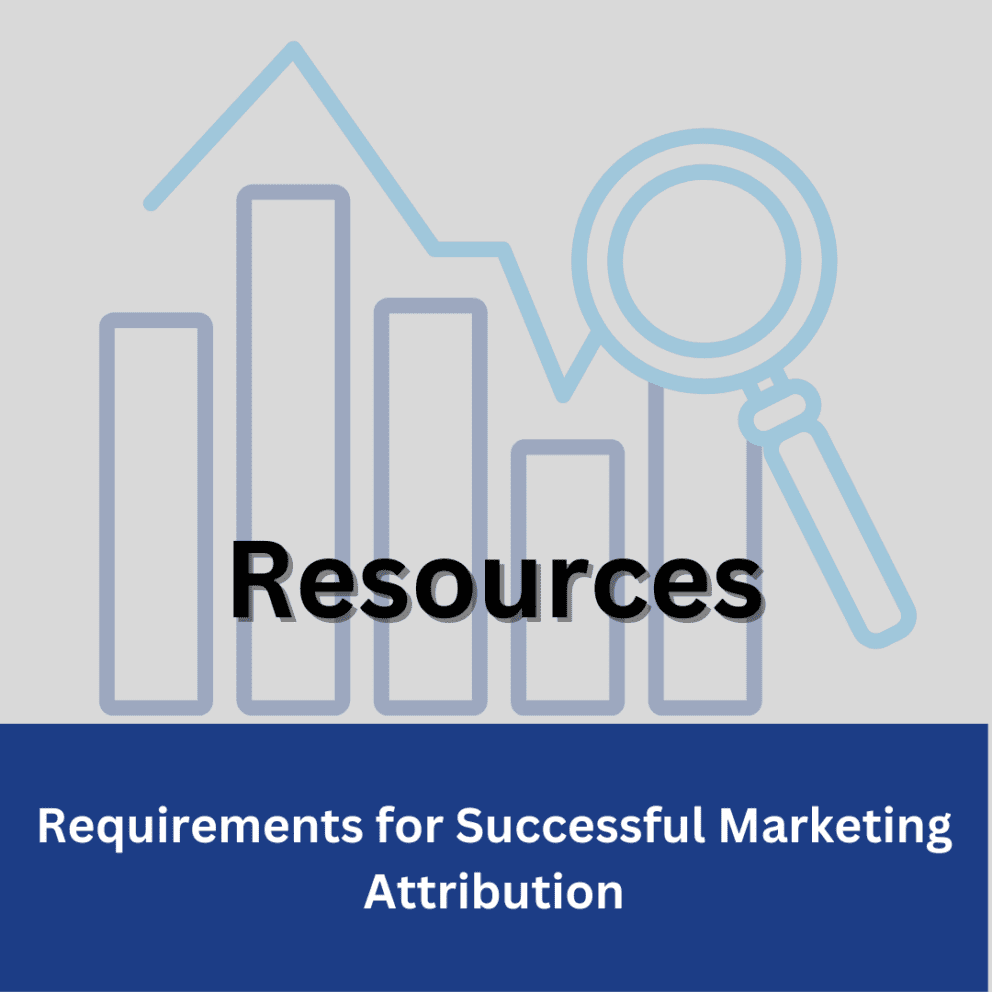Gathering Data Without Third Party Cookies

Summary
This blog discusses the impending end of third-party cookies in the US, as major browsers like Apple Safari, Mozilla Firefox, and Google Chrome phase them out. Marketers must find secure alternatives to adhere to privacy regulations, and some options include contextual targeting, Google's Privacy Sandbox with anonymized data, and relying on first-party data for a more targeted user experience while maintaining privacy. Building genuine relationships with customers will remain crucial in this evolving landscape of data collection and advertising methods.
By Cameron Katoozi, Marketing Consultant at Heinz Marketing
Third-party cookies have been a critical part of data collection in the digital advertising world for 20+ years, but they will soon be coming to an end in the US. Apple Safari and Mozilla Firefox have both phased out third-party cookies from their browsers and now Google Chrome is following suit by 2023. Although there is no direct replacement yet, companies must look for a secure and reliable alternative to adhere to privacy regulations. What will this mean for marketers? How will this affect their current advertising methods and the Martech tools they use? Let’s understand cookies and some alternatives you can use.
What Are Cookies?
Cookies are text files of individual data points such as your username or password. Websites will save cookies to make your online experience better by saving information about your browsing habits. Cookies are primarily used to keep track of website sessions, personalized sessions with targeted ads, and track webpages and previously viewed items. This data can be a marketer’s best friend, but at the same time, can pack more of a threat than you would think. There are two types of cookies to be aware of:
- First-party cookies: These are the cookies that are created and stored by the website you visit. These cookies remember a user’s specific settings and preferences each time you visit the webpage.
- Third-party cookies: These are the cookies that can put your privacy in danger. They are created and stored by an external site that is not the one you are visiting. Those sites usually own some of the ads or images you see on the website you are visiting. More ads on a site mean more cookies generated per page. These cookies not only track you on the site but also track your across different domains to better retarget and personalize future ads and messaging.
For many companies, the lack of third-party cookies may cut into a majority of their revenue without a proper alternative. So, what are the options?
Third-Party Cookie Alternatives
We are treading new waters with these alternatives so it’s good to remember not to put all your efforts into one method. As time passes, we will have a better understanding of the alternatives and follow new trends, but here are some of the current choices:
Contextual Targeting
Instead of displaying ads based on the user’s third-party cookies, contextual targeting uses the content and topics of a website to display relevant ads. For example, if you are on a cooking blog/website, you will see ads for kitchen utensils, cookbooks, meal plans, etc. This can be a great alternative for web advertisements if a user denies all cookies when entering a website. Although, there are some drawbacks to this method. The targeting is much more limited than third-party data since it is not personalized to the user’s demographic traits. The result is a larger range of ad viewers who may not be the best ICP fit. Fortunately, there are already companies tackling the targeting issues with the use of SEO and AI to better match ads with the content users consume.
Privacy Sandbox
In preparation for cutting out all user-level IDs, including third-party data, Google’s solution is Privacy Sandbox. This is a set of APIs that receive data on ad targeting, ad conversion, federated login, attribution, and prevention of fraud and spam. This uses a Federated Learning of Cohort (FLoC) tracking method that analyzes online activity within the Chrome browser. It will anonymize data, so no information will be tied back to an individual. Google first announced this initiative in 2019, and the Privacy Sandbox is currently under development with no release date but is currently being tested for ad relevance and measurement proposals.
First-Party Data
Many alternatives are still being tested, but none of them can compare to first-party data. The effectiveness of these emerging tools will be hard to predict without rigorous testing. Meanwhile, companies have been using first-party data for years. First-party data is more accurate and reliable, ensuring a more targeted user experience while maintaining privacy. Further data collection with form fills on your website including contact us forms, gated content, newsletter, and more. Email marketing is not going away either; building effective email marketing strategies will assist in customer acquisition while generating new data that is shared willingly.
Wrapping It Up
Consumer data breaches over the last couple of years have pushed people over the edge. They demand better internet privacy, and organizations are finally taking note. Companies must be transparent with their data collection moving forward, and major web browsers are already cutting user-level identification out. Companies have relied heavily on third-party data, but they need to find alternative methods of data collection soon. As we come closer to Google Chrome’s 2023 pledge date, we will most likely see a rise in alternative methods. Marketers will be most successful using multiple strategies as an alternative, but nothing will change building a genuine relationship with your customers.






